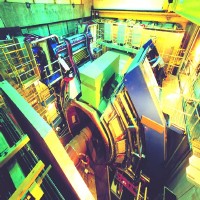
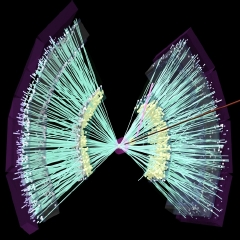
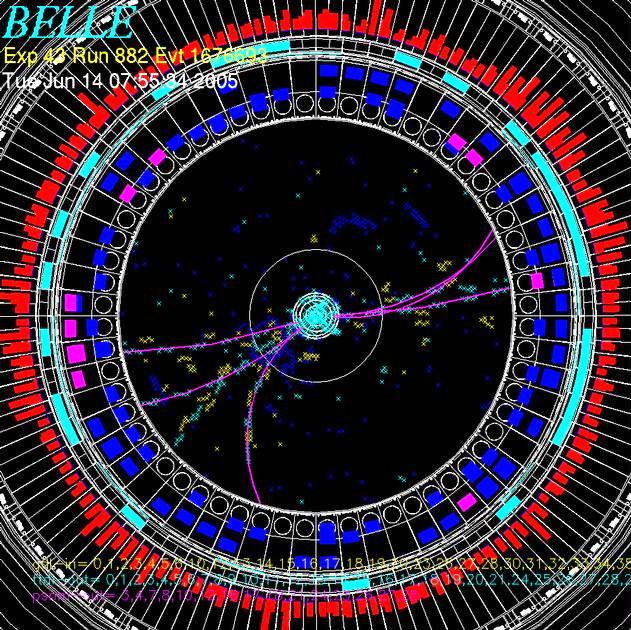
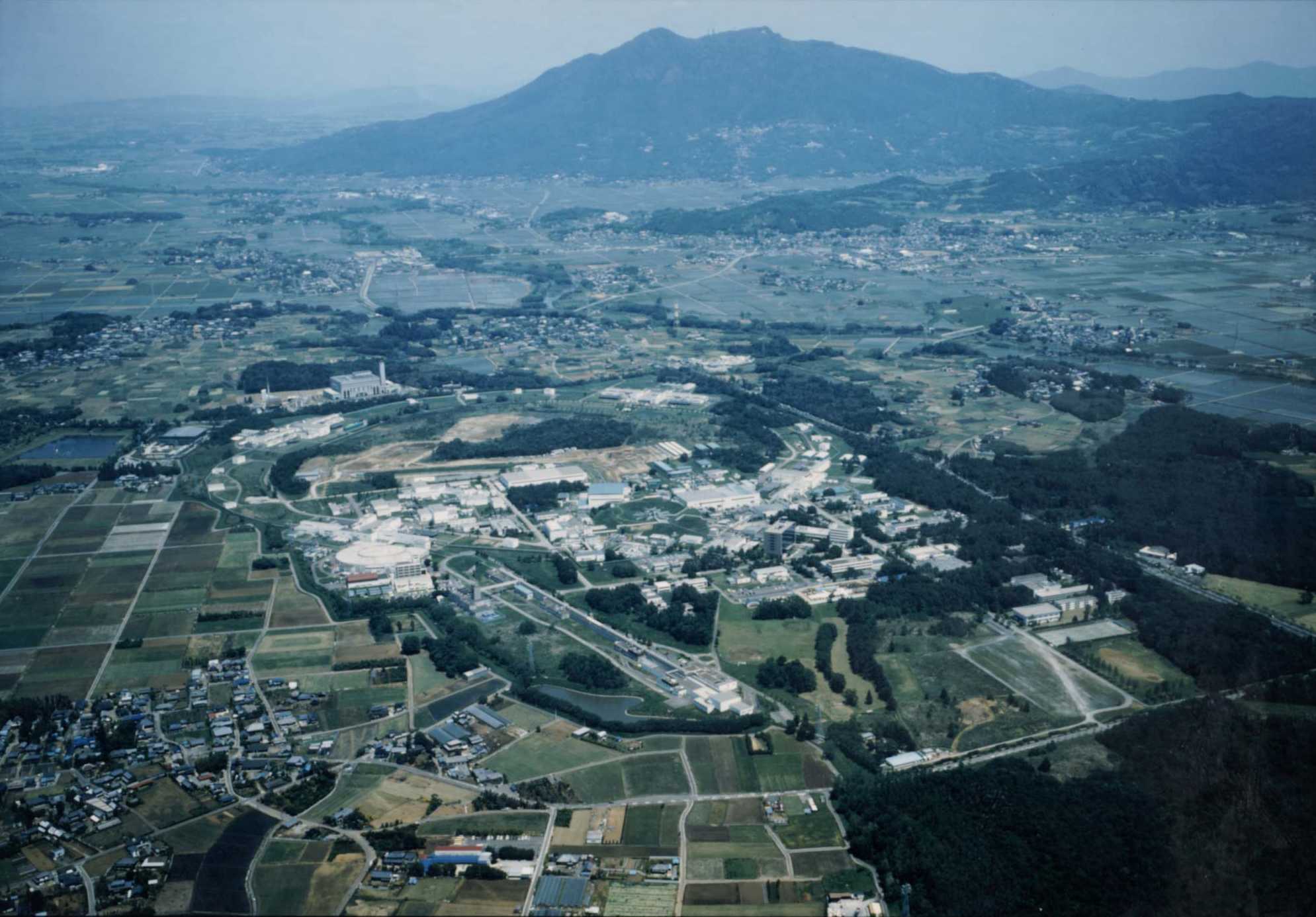
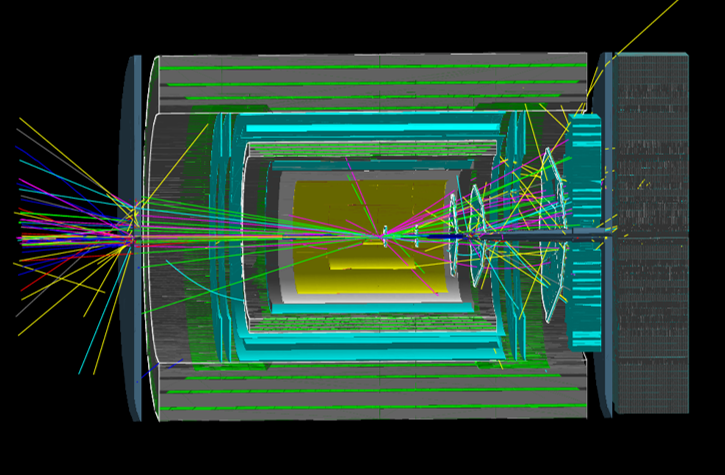
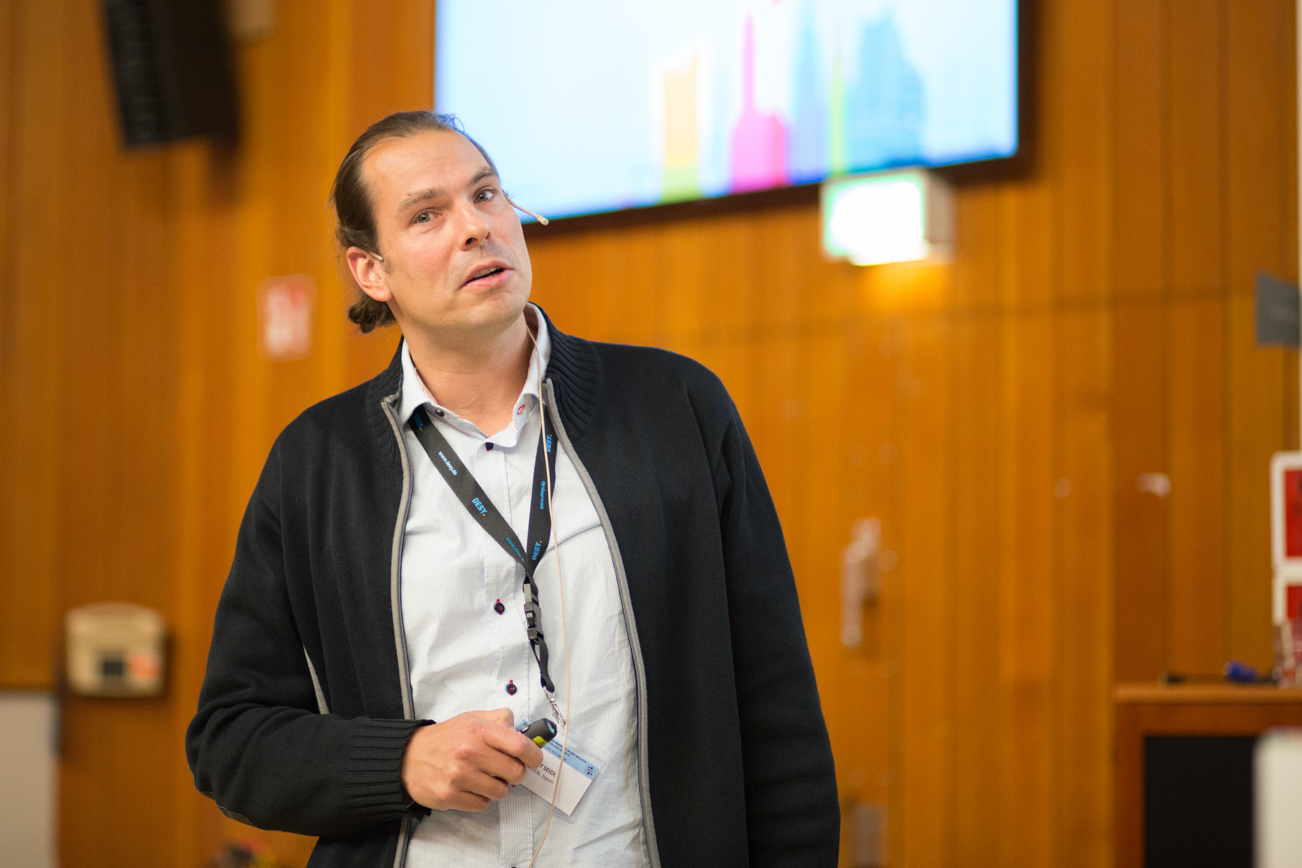
|
|




 |
 |
|
|
Ralf Seidl |
|||||||||
|
|
Fragmentation functionsFragmentation functions describe the transition of high energetic, massless and asymptotically-free partons into confined, massive final-state hadrons. It is therefore at the haert of the remaining open questions about confinement and the formation of mass via the strong interaction, QCD. As non-perturbative objects, fragmentation functions cannot be calculated from first principles and need to be measured in experiment. The most straightforward access to fragmentation functions comes from electron-positron annihilation, where the initial process is very well understood and hadrons only appear in the final state. I have been extracting fragmentation functions in particular at the Belle experiment with about 1fb-1 of accumulated data and hope to continue working on the Belle II experiment. Apart from trying to understand QCD via fragmentation, fragmentation functions also a great tool to in accessing the nucleon structure. Unpolarized fragmentation functions allow to get information about the parton flavor of unpolarized or polarized distribution functions. Transverse spin depedendent fragmentation functions (Collins and interference FFs) are the nearly only tool to get the nucleon's transversity distribution. For transverse momentum dependent distribution functions, such as the Sivers function, the Boer-Mulders function and several others also require explicitly transverse momentum dependent fragmentation functions. 
|
||||||||
|
|
Ongoing Fragmentation Research activities: |
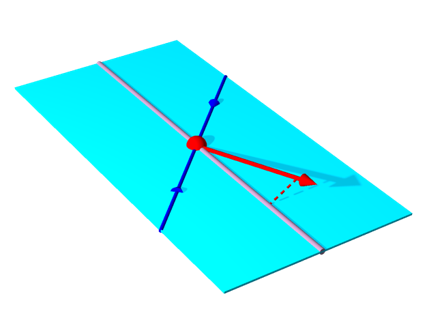
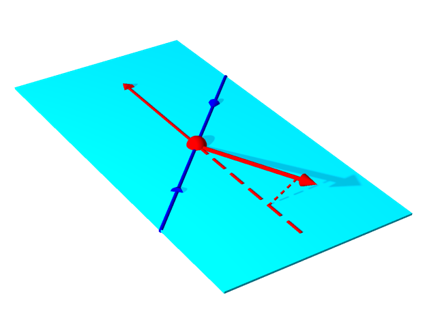
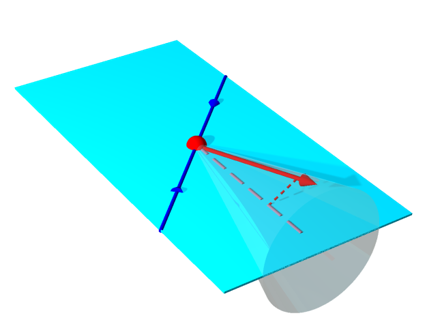
|
|||||||
|
|
Previous results:
|



|
|
| 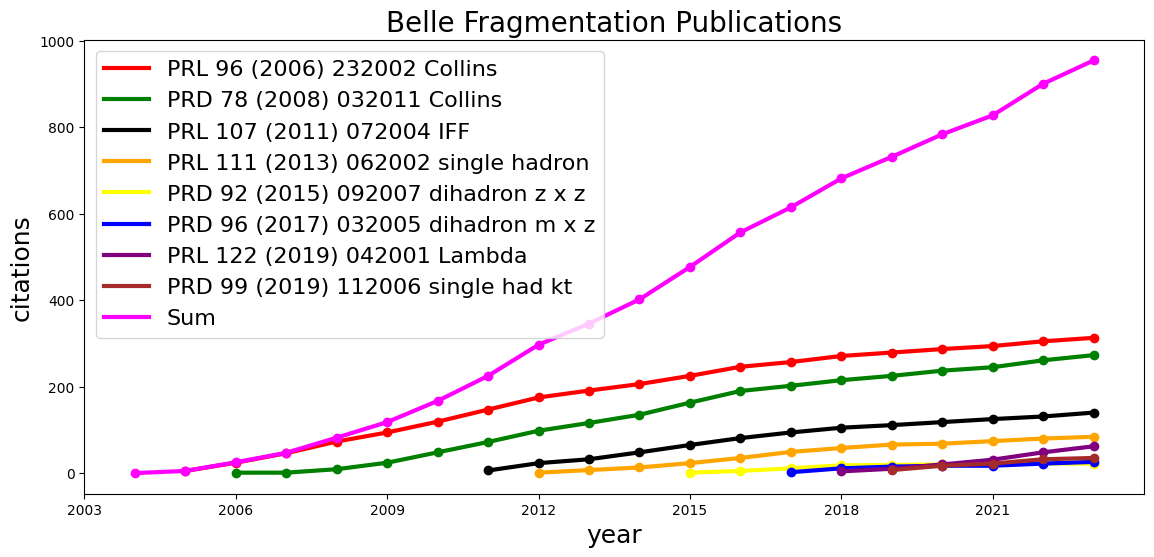
|
|
Back to main pageMore on Nucleon spin
|
|
|